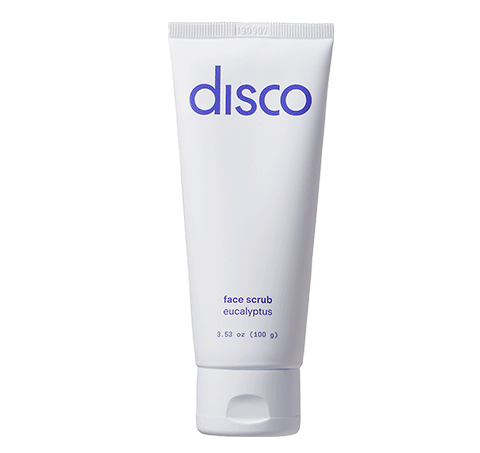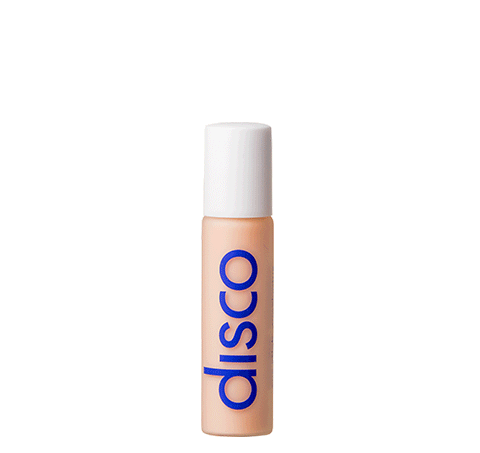We love a day spent soaking in the sun as much as the next guy, but there are serious risks involved with unprotected sun exposure on the skin.
The top concern in skincare at large is protecting your skin from the harmful effects of sun exposure and the broad UV light spectrum. Without adequate, consistent protection, your skin suffers tremendously and can show premature aging. This can look like wrinkles, fine lines, hyperpigmentation, uneven skin texture and tone, and sagging skin.
No one likes the bag of wrinkles look, which is why we are advocates of daily sunblock application. However, if the damage has already been done – we’ll unpack how sun damage works, how to reverse it, and prevention tips.
The Dangers of Photodamage
Photodamage refers to the effects of sunlight on the skin. Ultraviolet radiation is emitted from the sun, and once in contact with the skin, can alter skin cell DNA. With prolonged exposure, it can break down the vital skin protein collagen, erode skin elasticity, and alter the molecular structure of skin cells to cause dark spots and wrinkles.
In extreme cases, UV light forces skin cells to alter and regrow, leading to an overgrowth of cancerous cells. Skin cancer is an enormous risk with prolonged sun exposure.
If you know how skincare works – there are 3 layers to the skin, being the epidermis (outermost layer), the dermis, and the hypodermis (innermost layer). UV light interacts with skin cells on the dermis layer, which is how it’s able to affect cellular structure so severely.
The best way to prevent photodamage and more severe sun damage is to always wear sun protection in the form of sunblock, seek shaded areas, and cover exposed skin. If the damage has been done – there are a few ways to reverse the sun damage.
While there is no method of completely reversing the skin cell damage caused by UV radiation, there are practices that can significantly reduce the rate at which your skin cells are eroding and aging.
Prevention Over Correction
The first step in reversing sun damage is to stop the damage in its tracks. Adopt a rigid regimen of applying sunscreen, even when you’re not in full sun exposure. The skin can still be affected by UV light through a window, on a cloudy day, or even when it’s cold out.
Furthermore, the blue light emitted from our phone screens and computers similarly causes photodamage to the skin. So – it’s paramount to apply a sunblock every single morning.
The Disco Mineral Sun Block uses 20% Zinc Oxide to protect the skin from UV light. Formulated with moisturizing and repairing ingredients like Tripeptide and Niacinamide, the Mineral Sun Block is hydrating to the skin, anti-aging, and powerfully protective.
How to Reverse Sun Damage
Now that you have prevention on lock, let’s explore several methods for reversing sun damage on the skin.
Retinol/Vitamin A
Vitamin A is a powerful antioxidant that is typically included in the form of serum Retinoids. Retinoids are especially popular as anti-aging skincare as they can prevent and correct signs of aging like wrinkles, fine lines, hyperpigmentation, and dark spots.
Topical retinol can adequately reverse sun damage by restoring a youthful quality to the complexion. It thickens and protects the dermis layer of the skin, improving elasticity and collagen production. Only apply retinol at night, however, because Vitamin A in contact with sun exposure can do much more harm than good.
A Restorative Skincare Routine
Aside from retinoids, there are a host of other skincare ingredients that can powerfully restore skin cell energy, and promote more youthful-looking skin.
Adopting a skincare regimen that works with your skin type and restores the moisture barrier of the skin is key for reversing sun damage. Ensure you’re using a cleanser, moisturizer, exfoliator, and even an occasional face mask to promote a healthier complexion.
Ingredients like Niacinamide and Vitamin C are excellent for smoothing skin texture, brightening skin tone to eliminate dark spots and stimulate collagen production in the moisture barrier. Ingredients like Peptides and Antioxidants are essential for rebuilding the dermal layer of the skin, strengthening the skin cells against the effects of UV light exposure.
Chemical Peels
For a more intense treatment to reverse sun damage, you can get a chemical peel from a dermatologist or esthetician. Chemical peels remove the very top layer of the skin to reveal the new skin cell layer beneath. This process improves the appearance of hyperpigmentation, wrinkles, and fine lines by facilitating skin cell turnover.
Laser Treatments
Lastly, laser treatments such as microdermabrasion and blue light therapy can effectively reverse sun damage. These are available only through a professional doctor or dermatologist. These procedures similarly remove the top layer of live skin on the face. They are much more painful and intense than other procedures to reverse sun damage, so it's advisable to leave these as a last resort. Laser treatments help rebuild collagen stores in the skin surface, and they are also used to treat those with skin cancer developments.
Final Thoughts
Sun exposure is serious business. If you’ve suffered a few tomato-colored sunburns, you know all too well how painful and uncomfortable the skin damage can feel. But if sunburns and sun damage become more frequent, there are serious consequences like premature aging, photodamage, and even skin cancer.
At Disco, we care about servicing men with the tools and products they need to foster better skin health and feel confident in their own skin. Sun protection is always our #1 concern, so ensure you’re using protection every day to keep your skin healthy, protected, and youthful.







